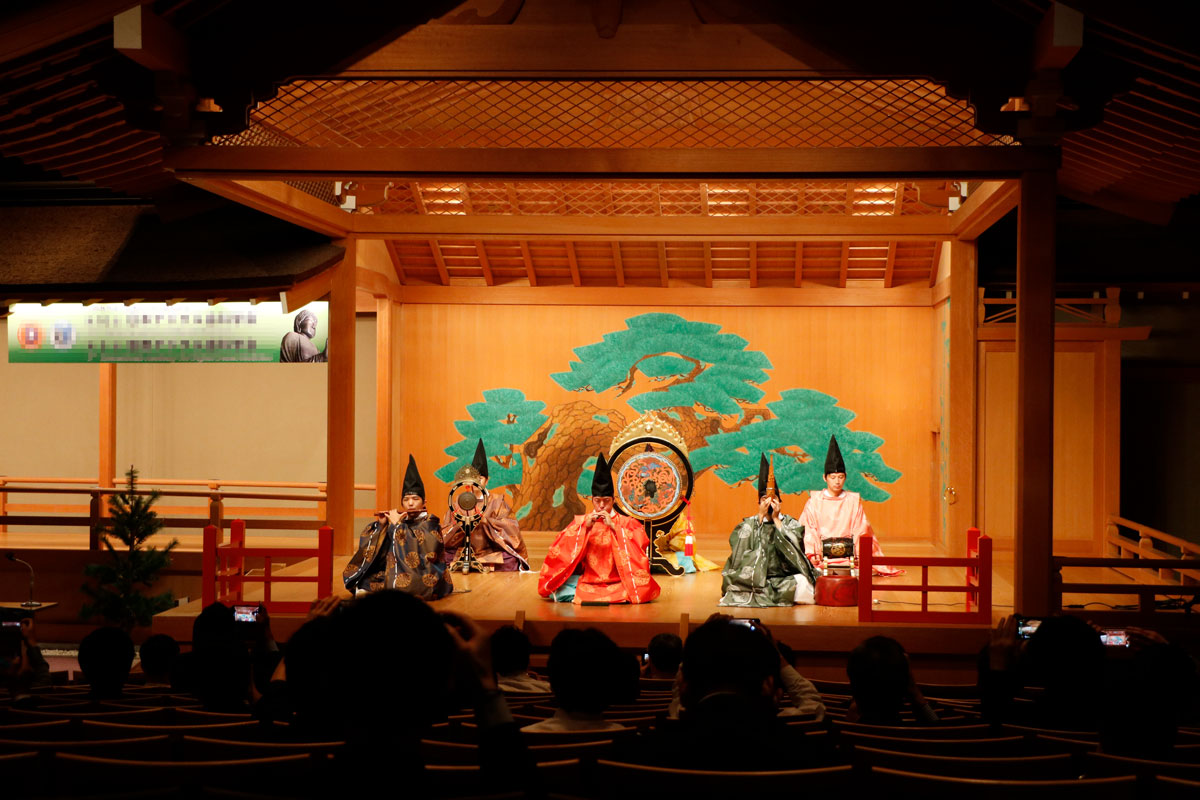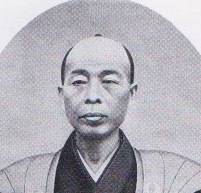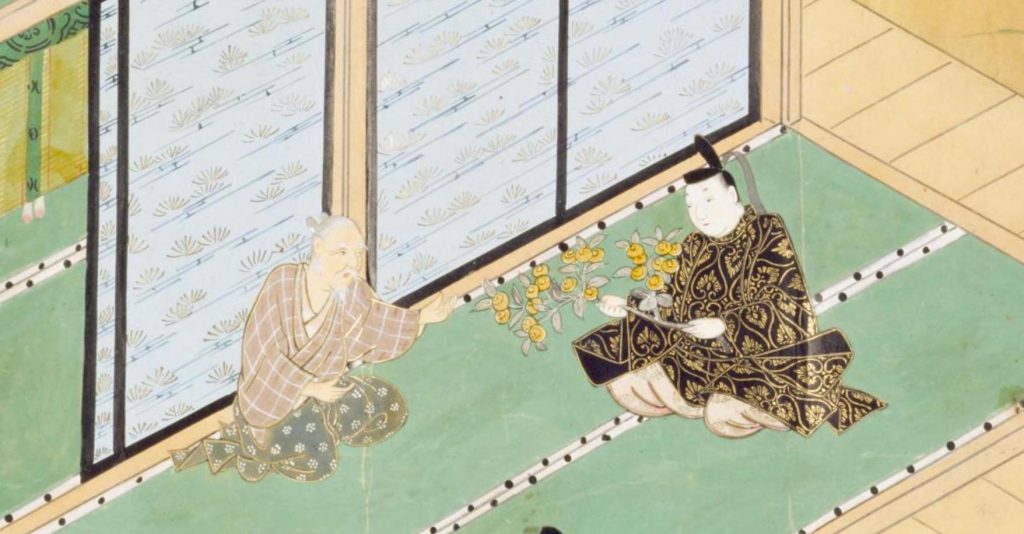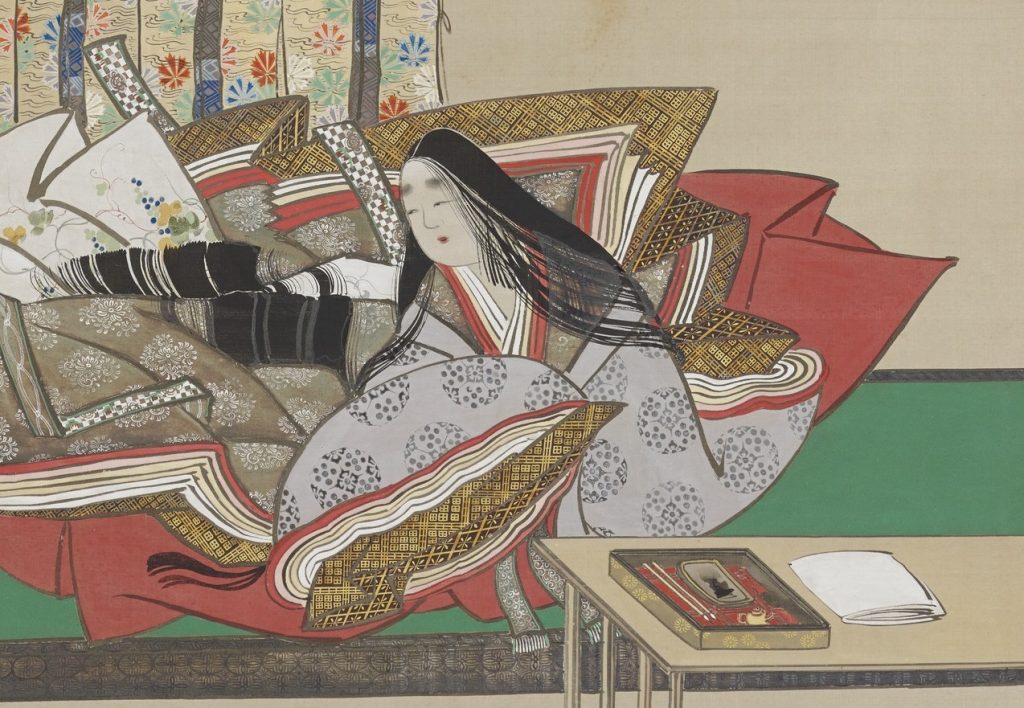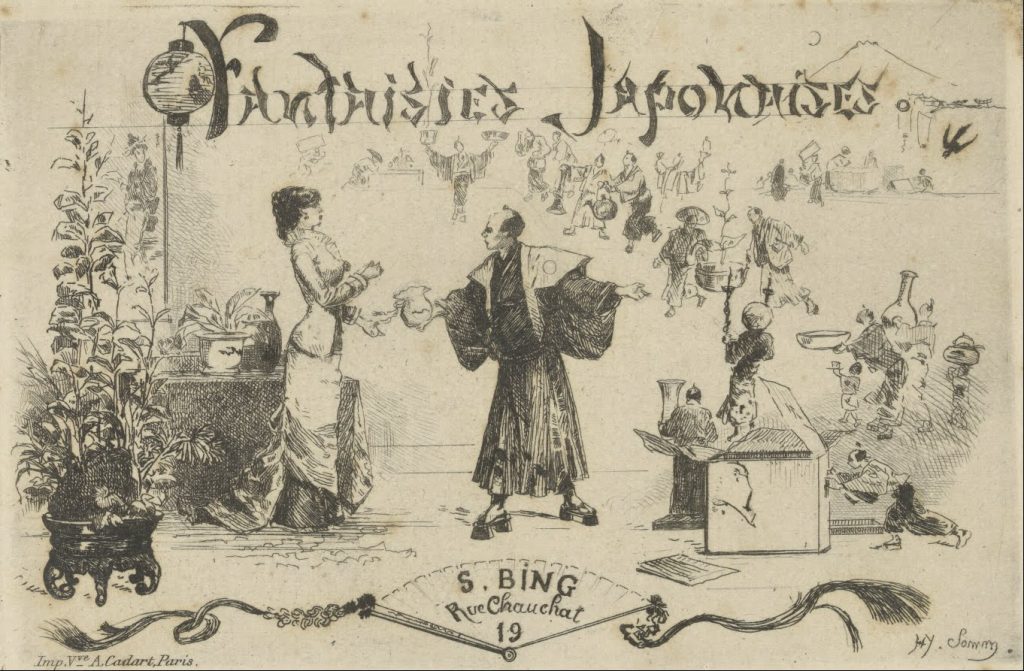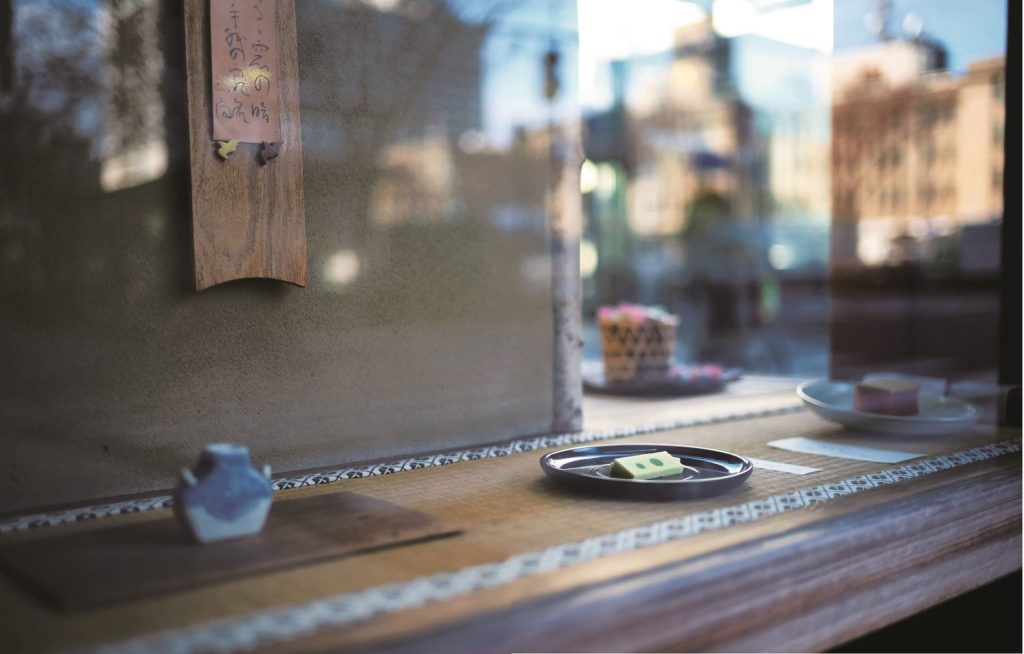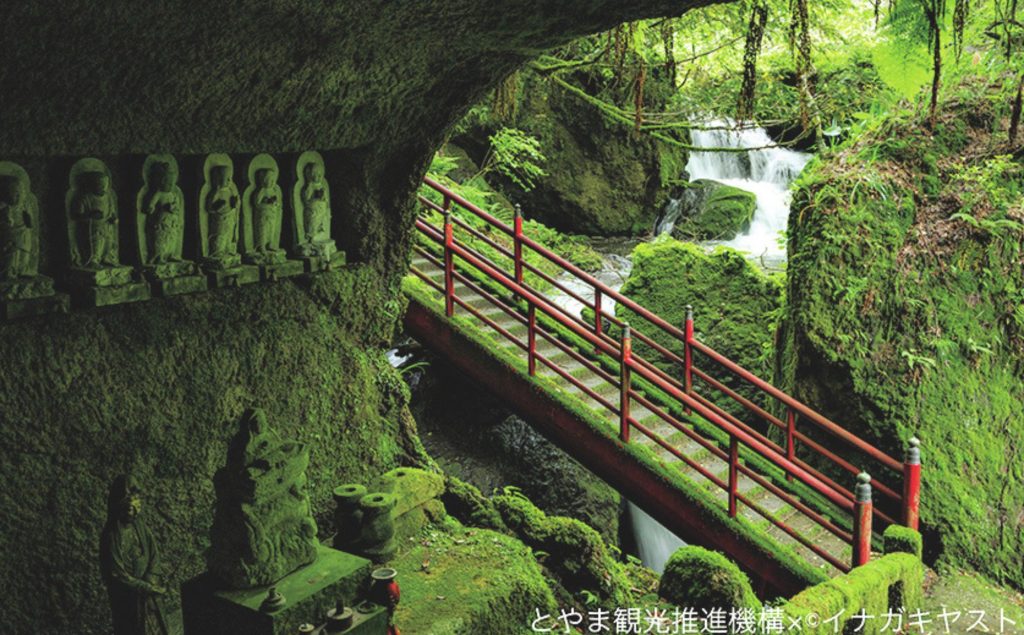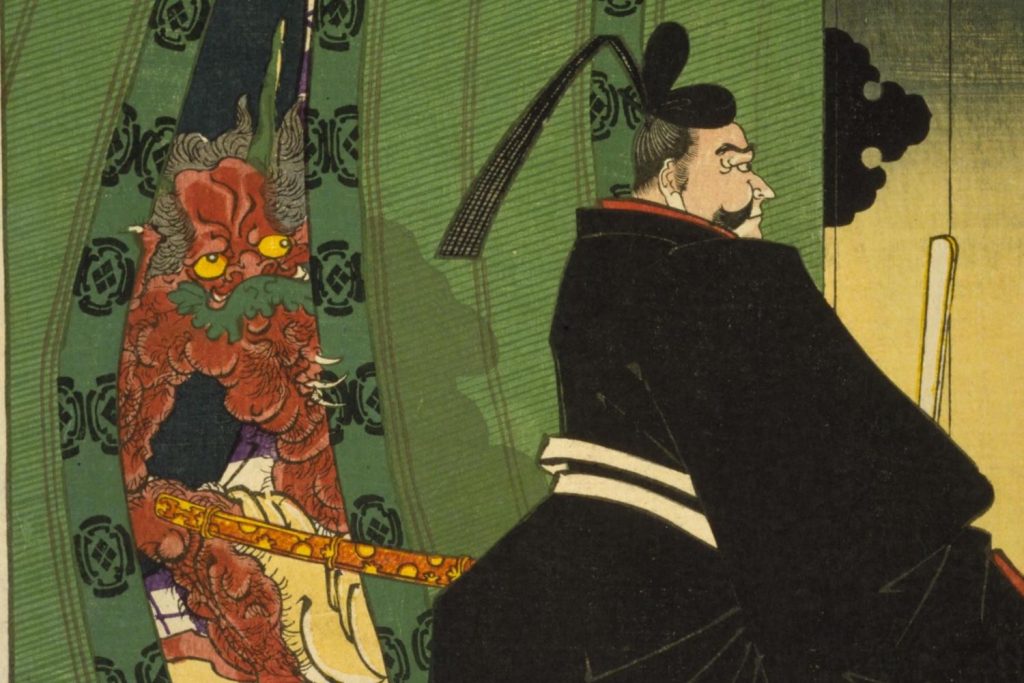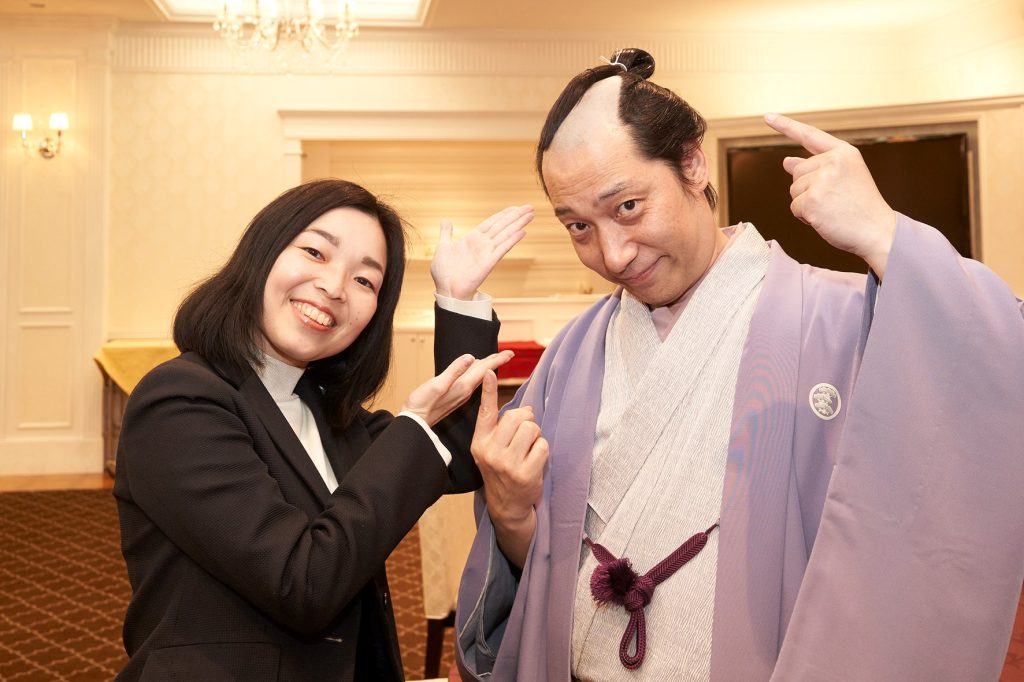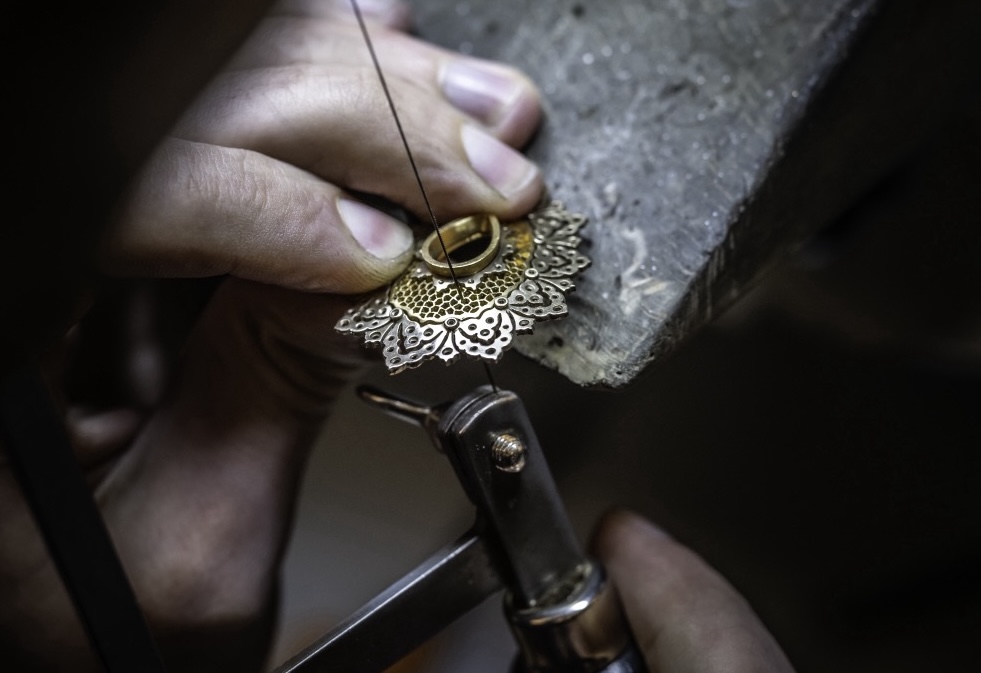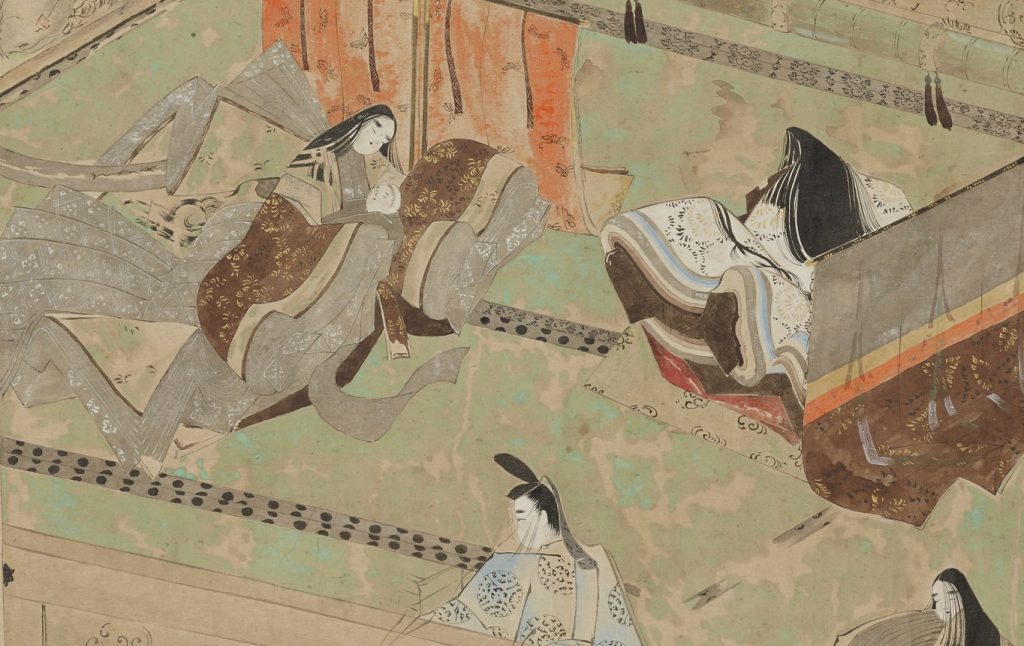“Music is a universal language, it needs no translation. Through this, the soul speaks to the soul.”
J. S. Bach, who is said to have laid the foundations of Western music, once said these words. 700 years before the 17th century, when Bach was making music…Japan already had it’s first own ‘orchestra’.
Gagaku (雅楽), which was also performed at the ‘Kyoen no gi (饗宴の儀)’, one of the events celebrating the Emperor’s accession to the throne in October 2019, is the pride of Japan’s traditional music.
Gagaku is said to have been introduced in the Nara period, and its performance form and tone have remained largely unchanged since then, and has been handed down from generation to generation until the present day, earning Gagaku the nickname ‘the world’s oldest existing orchestra’.
When we explored the appeal of Gagaku, which has been handed down for more than 1,000 years but is rarely heard, we found that it is truly ‘music that speaks to the soul’.

Kofun (古墳) Japanese: “This is cutting-edge music ……!”
Japan in the 5th and 6th centuries was in the midst of the Kofun period. Many kofun were built across the country, including the Mozu-Furuichi kofun gun (百舌鳥・古市古墳群) in Osaka, centred on the Nintoku Tenno kofun (仁徳天皇陵古墳), which has recently been registered as a World Heritage site.
At this time, Buddhist culture was brought to Japan, as well as music and dance from the ancient Asian continental countries, from China and Korea.
“This is cutting-edge music ……!”
Just as the music of the ‘3Bs’ of Bach, Beethoven and Brahms, as well as that of Mozart, Haydn and other geniuses praised as ‘fathers of music’, ‘masters’ and ‘great men’, was always regarded (probably) as cutting-edge and avant-garde music that was unprecedented at that time, the music of the Yamato cyotei ( 大和朝廷, Imperial Court) and the the Japanese people of the time, including the Yamato cyotei, may have been surprised by the cutting-edge music of the continent.
They actively incorporated such continental music into their own culture.

Utamai-no-Tsukasa (うたまいのつかさ), a professional gagaku group from the Nara period
On the other hand, it is thought that even before the arrival of Buddhism, Japan had its own unique music such as ‘Kagura-uta (神楽歌)’, ‘Yamato-uta (大和歌)’ and ‘Kume-uta (久米歌)’, and that there were simple dances to accompany this music.
Absorbing cultures from around the world and creating an original ‘Japanese style’ is a national speciality of this country. Gagaku is a fusion of continental and uniquely Japanese music.
The ‘Taiho Ryo (大宝令)’, Japan’s first full-fledged law enacted in 701, stipulated the establishment of the ‘Utamai no tsukasa (雅楽寮)’, a public institution for learning, performing and transmitting the various music and dance forms performed at court.
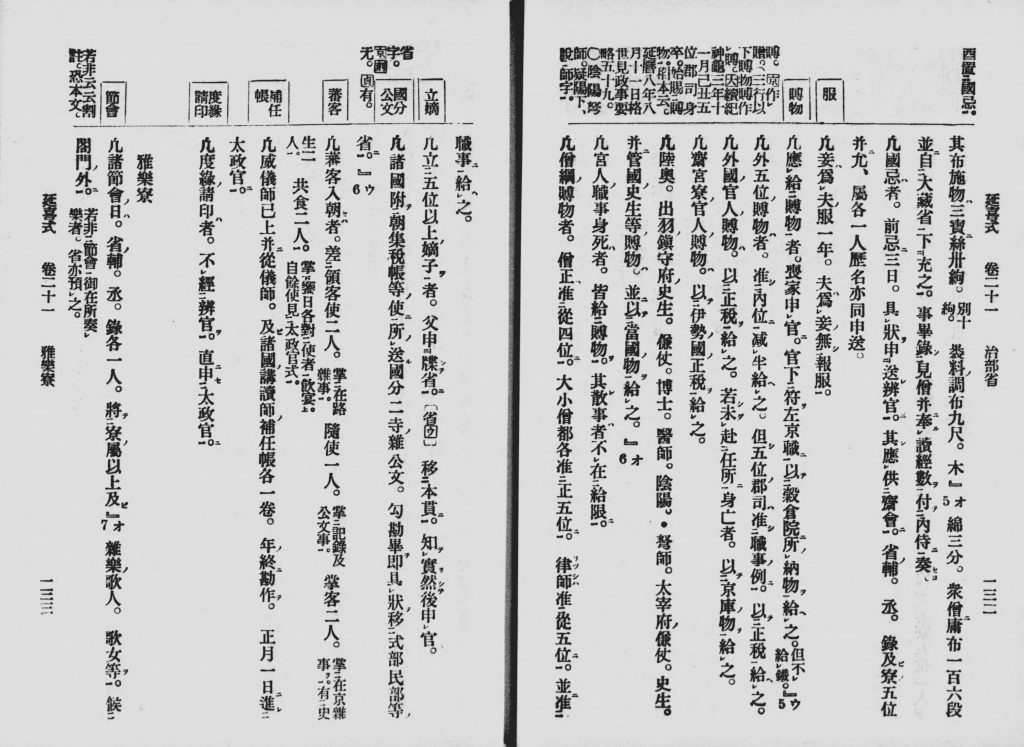
By the way, the name ‘雅楽寮’ is written and read as ‘Utamai no tsukasa (also Uta-tsuka and Gagaku-ryo)’. Is it just me, or does the word make you want to read it out aloud?
The Utamai no tsukasa was one of the largest of the government offices of the time, with several hundred poets, dancers and musicians assigned to it.
When it was first introduced, Gagaku was chaotic, but under the patronage of successive emperors, the form was developed over nearly 300 years around the Utamai no tsukasa, and by the Heian period it was almost complete as an art and culture.
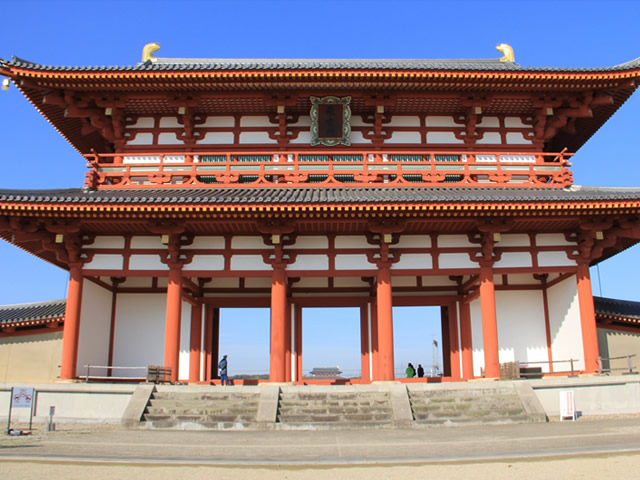
All staff are ‘Living national treasures’
Gagaku has been performed mainly at court, and since the Heian period, the method of performance has been handed down from generation to generation. Togi Hideki (東儀秀樹), who is currently active as a Gagaku master, also comes from a family that has passed down the tradition of Gagaku performance from generation to generation since the Nara period.
Gagaku is not usually covered by the media, but it is performed during a series of court ceremonies celebrating the Emperor’s accession to the throne, as well as at feasts, spring and autumn garden parties and other events.
Gagaku groups exist throughout Japan, but it is only those in the Kunaicho shikibushoku gakubu(宮内庁式部職楽部=Music Department of the Imperial Household) who perform at court functions. They may be described as the modern-day ‘utamai no tsukasa’.
Gagaku performed by Gakushi (楽師=gagaku players) belonging to imperial gakubu has been designated as an ‘Intangible cultural property’ by the national government and an ‘Intangible Cultural Heritage’ by UNESCO. In addition, all Gakushi of the imperial gakubu are public servants, but are recognised as holders of Intangible Cultural Properties, or so-called ‘Living national treasures’ (人間国宝, group recognition, not individual recognition).

The tone that made Sei Shonagon say “Ito wokashi (how beautiful いとをかし)”
You may have heard the sounds of gagaku at weddings held at shrines (in the Shinto (神道) form, gagaku is also used at funerals).
Gagaku is mainly composed of three wind instruments, the Hichiriki (篳篥), the Ryuteki (龍笛) and the Hosho (鳳笙), which play the melody.
The most Gagaku-like sound is produced by the hosho (also simply ‘sho (笙)’), which is made up of 17 bamboo tubes, each with a finger hole in the middle, and is blown into the mouth of a calabash called a hō (匏), which produces fantastic chords.
Fifteen of the 17 pipes have metal reeds called ‘shita (簧)’, which vibrate, causing the bamboo pipes of different lengths to resonate.
The principle of how the sound is produced by both inhaling and exhaling is the same as that of bagpipes and harmonicas, and because the pitch is always constant, it is used as the basis for determining the scale of a piece. The chords played by the sho also play the role of ‘accompaniment’ for the other two instruments.
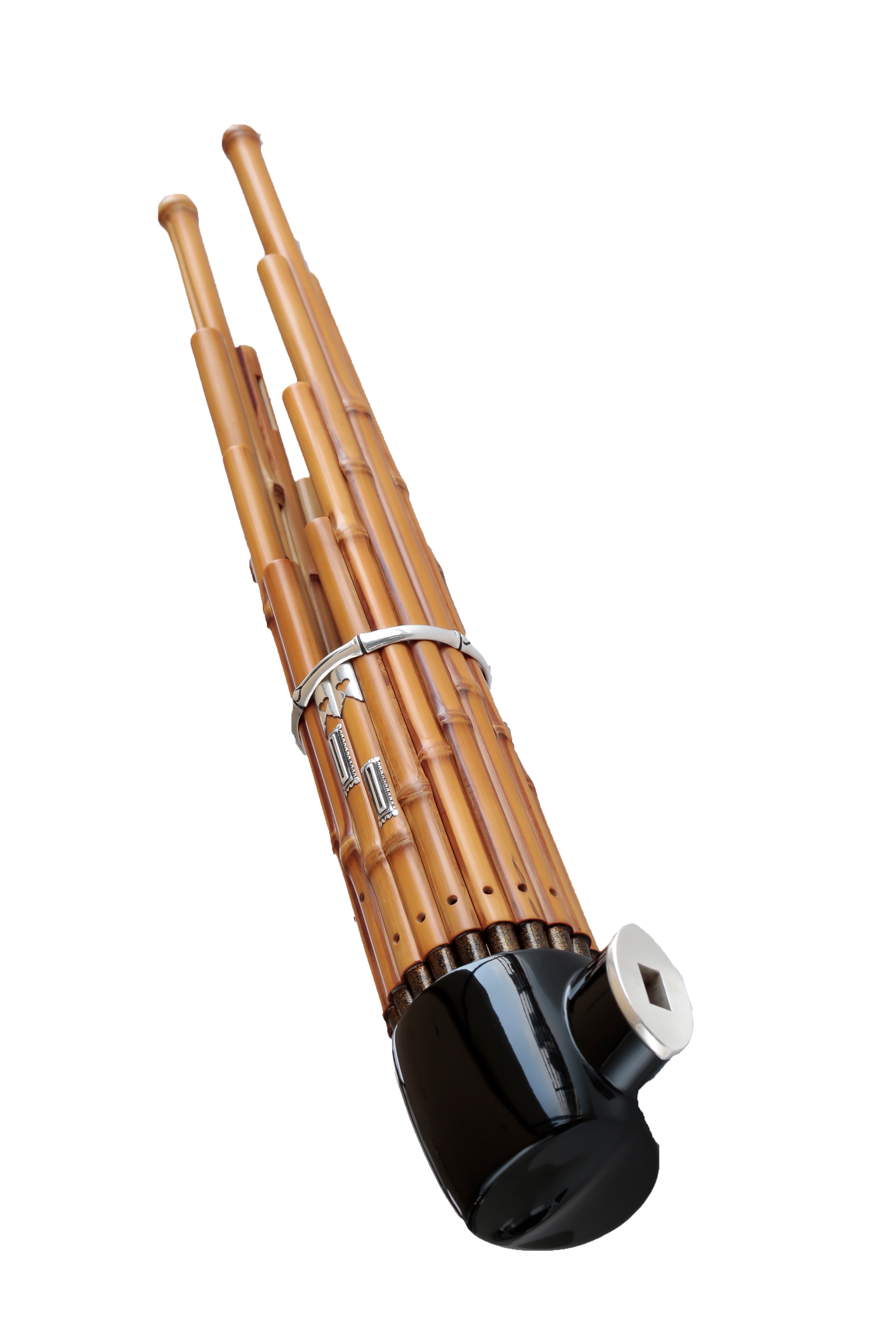
The Ryuteki is also a wind instrument made of bamboo tubes, with a range of two octaves (E5-D7), and its tone, which flits between low and high notes, was compared in ancient times to ‘the cry of a dragon soaring in the air’.
The Ryuteki is also so elegant and beautiful that Sei Shonagon wrote in The Pillow Book that it was “Ito okashi (how beautiful)”, and was played by Minamoto no Yoshitsune (源義経) on the parapet of the Gojo Ohashi (五条大橋) Bridge where he met Benkei (弁慶) (it is often described as such, but whether this is true is a mystery. ……). Perhaps as adding a handsome figure in the mix adds some flare.
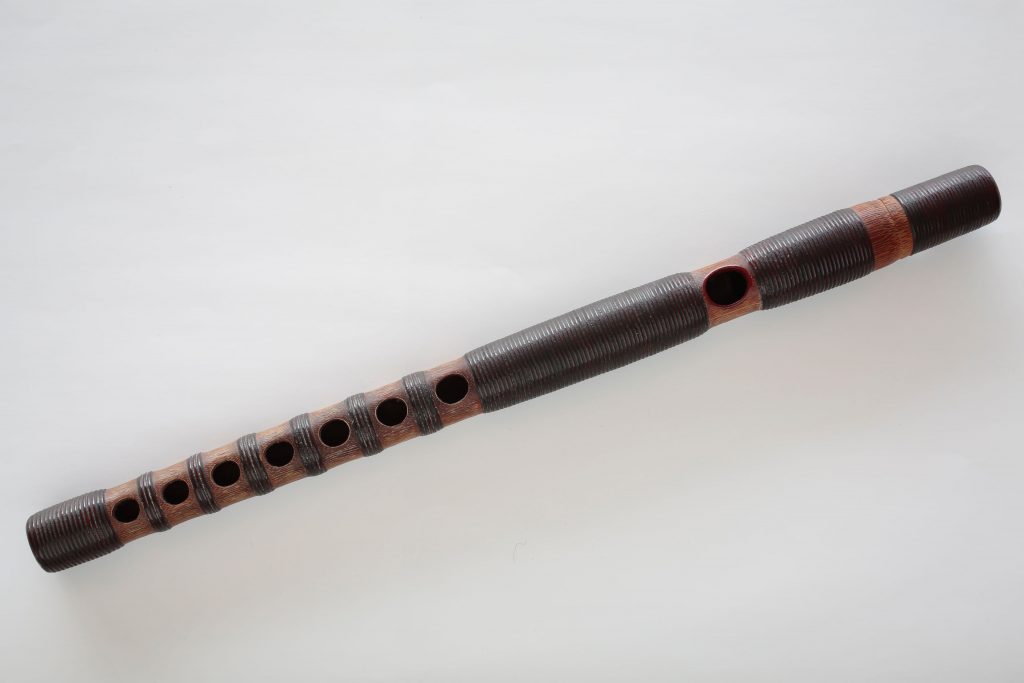
And the Hichiriki plays the main melody of the song. The Hichiriki is a kind of vertical flute, and although it is not very large, it produces a very powerful sound.
The Hichiriki, however, was not a favourite of Sei Shonagon, who had praised the Ryuteki so highly, saying: The Hichiriki is so noisy, it is like a Kutsuwa-mushi (known for it’s abrasive sound) and one wouldn’t want to hear’.
The Hichiriki, however, has a 20cm bamboo pipe with a double reed inserted into it, and its tone is very powerful and elegant. The sound, which can only be played by the Hichiriki, has fascinated many people.
The double reed instrument form, which is thought to have been introduced from the Middle East via the Silk Road, is also shared by the modern ‘oboe’ and ‘bassoon’, making it a global instrument with the same ancestry.

These wind instruments are joined by the gakudaiko (楽太鼓), shoko (鉦鼓), kakko (鞨鼓), biwa (琵琶) and sou (箏) to form a single piece.
The spirit of Gagaku is ‘For the team!’
Since ancient times, people have believed that the sound of the Hichiriki represents the voices of people, the sound of the Sho represents light falling from the heavens, and the sound of the Hichiriki represents a dragon ascending from the earth to the heavens. In this way, the sounds of Gagaku have expressed the state of the world.
Since its introduction, Gagaku has been played by an ensemble of these instruments. In Western music, an orchestra is an ensemble formed for the purpose of playing an orchestral piece, and Gagaku is not a single instrument playing alone, but an orchestra requiring an ensemble.

On the other hand, unlike most classical music, Gagaku has no conductor. By listening to each other’s sounds and playing together with respect, a piece of music is created. It is said that it is impossible to play a good piece of music by showing off one’s own skill or by playing in such a way that one person stands out. It is very important for Gagaku that all members of the team unite their hearts to achieve a single goal, and Gagaku has inherited this spirit for over 1,000 years.
It is a miracle that such a tradition has survived to the present day almost unchanged. The world’s oldest existing orchestra is not only the oldest, but also the longest-loved “miracle orchestra” in the world.
Imperial household holds Gagaku concerts twice a year at the Imperial Palace (admission is by public lottery), and Tenri University Gagaku Club (Tenri, Nara Prefecture), which has a history of over 60 years and has performed in over 42 countries around the world, also holds regular concerts.
Why not visit and experience the spirit of the ancient people?
This article is translated from https://intojapanwaraku.com/rock/culture-rock/88611/






